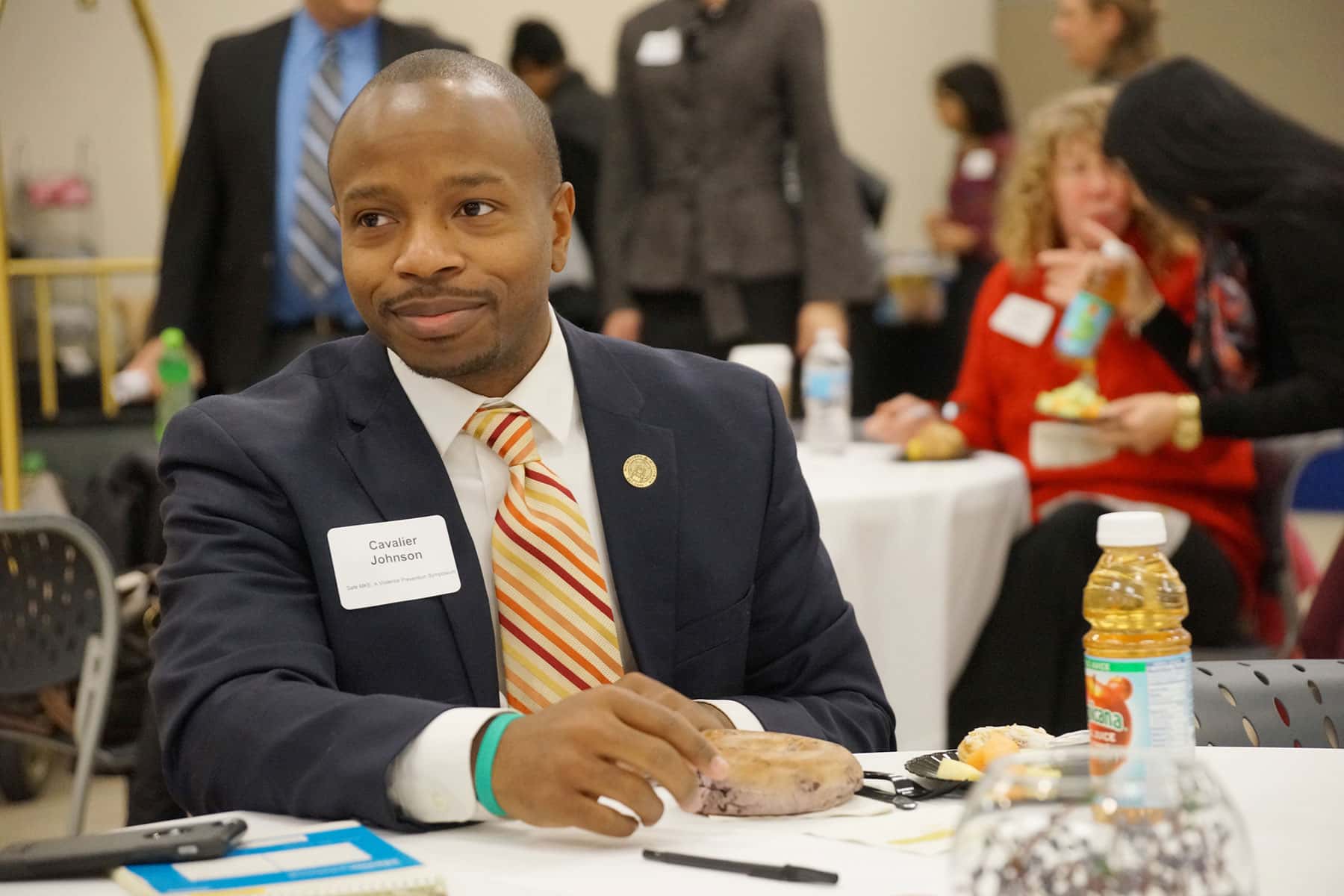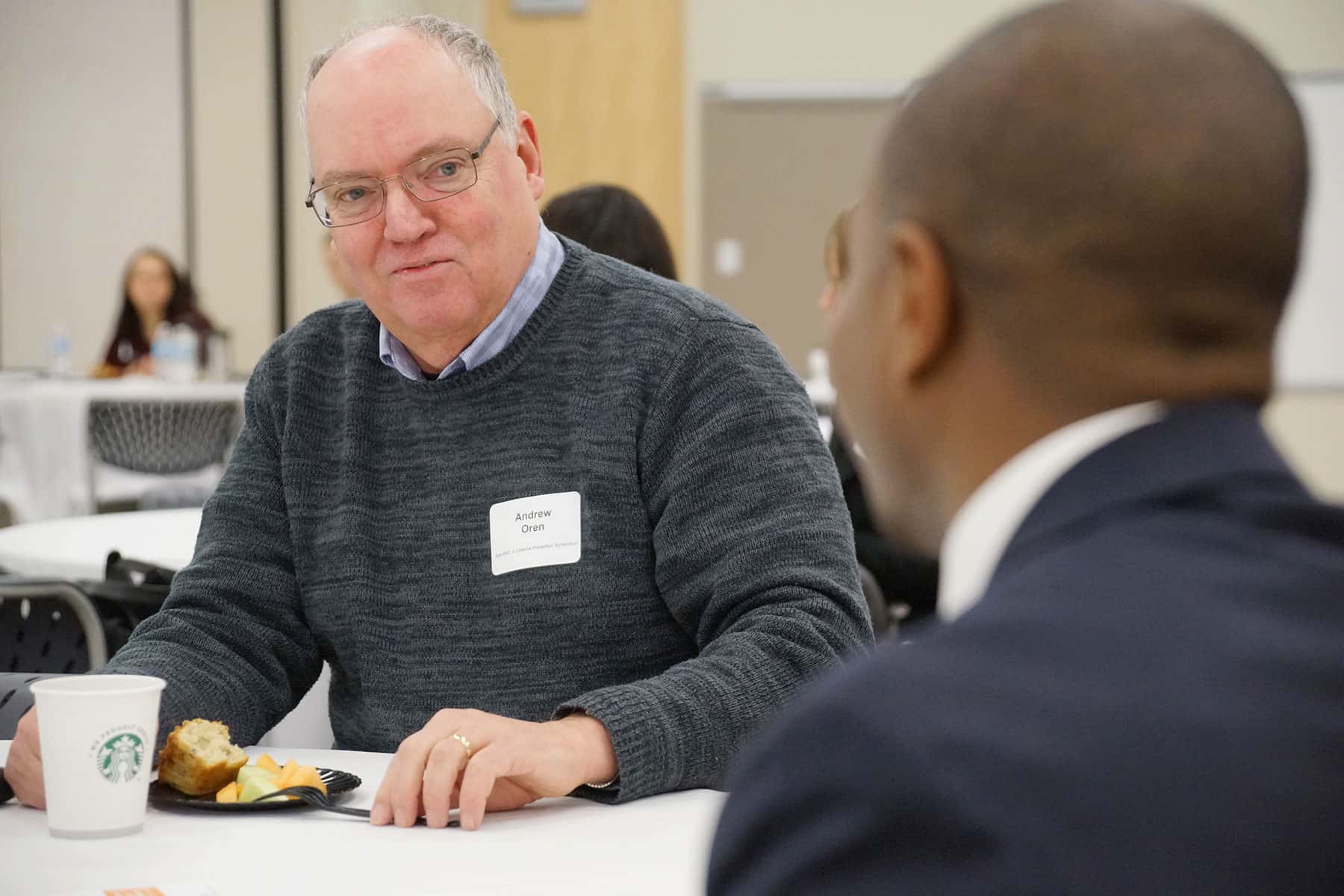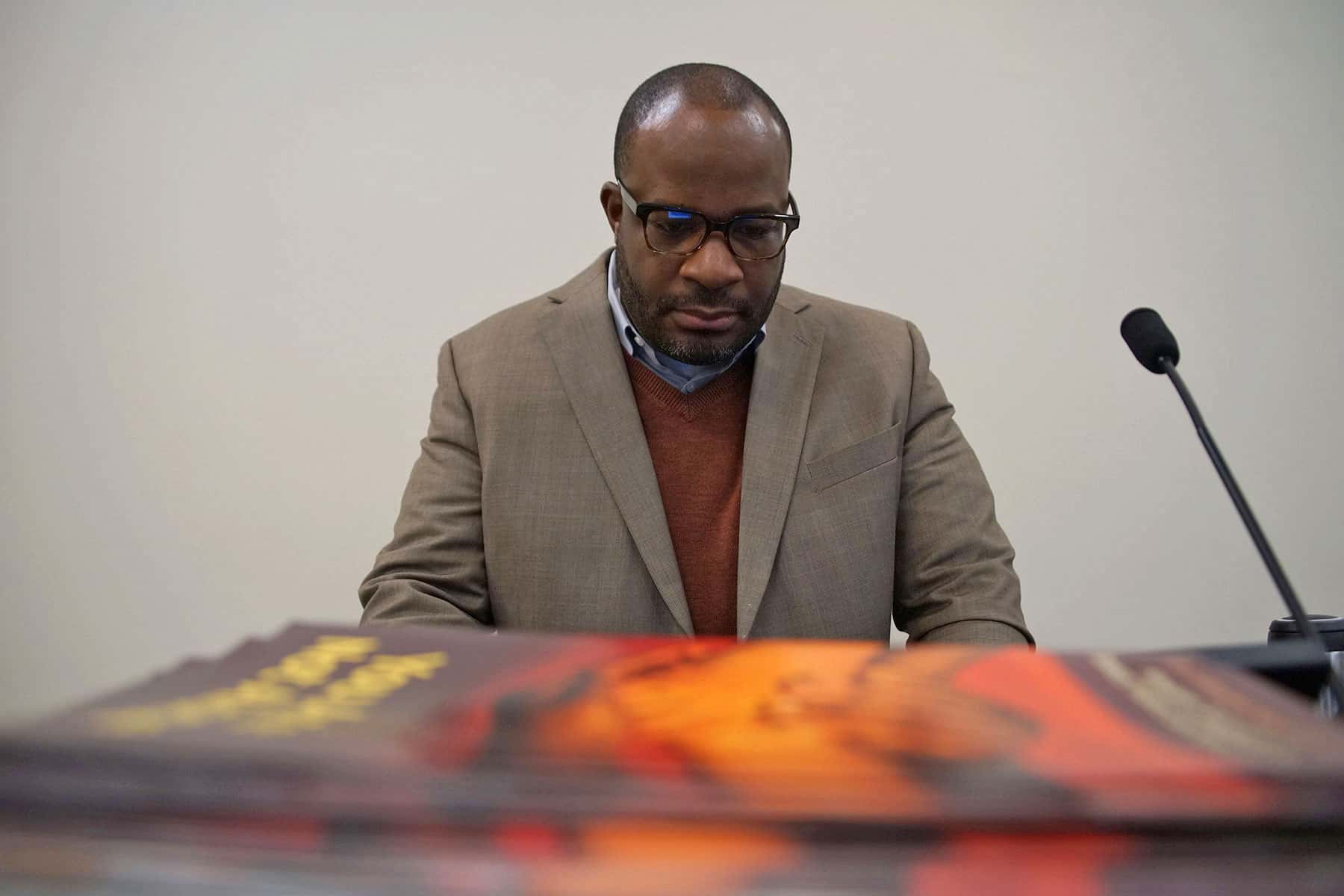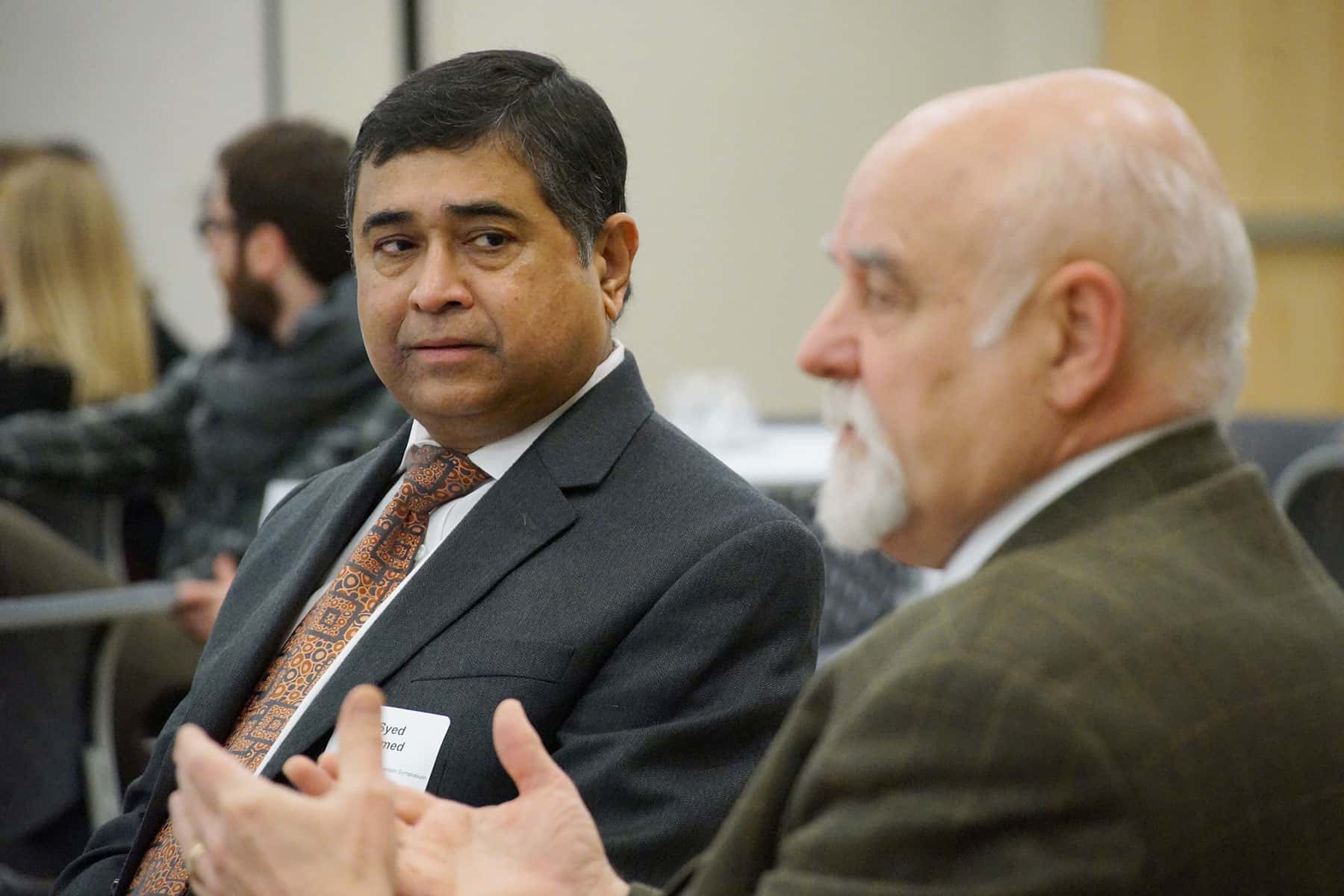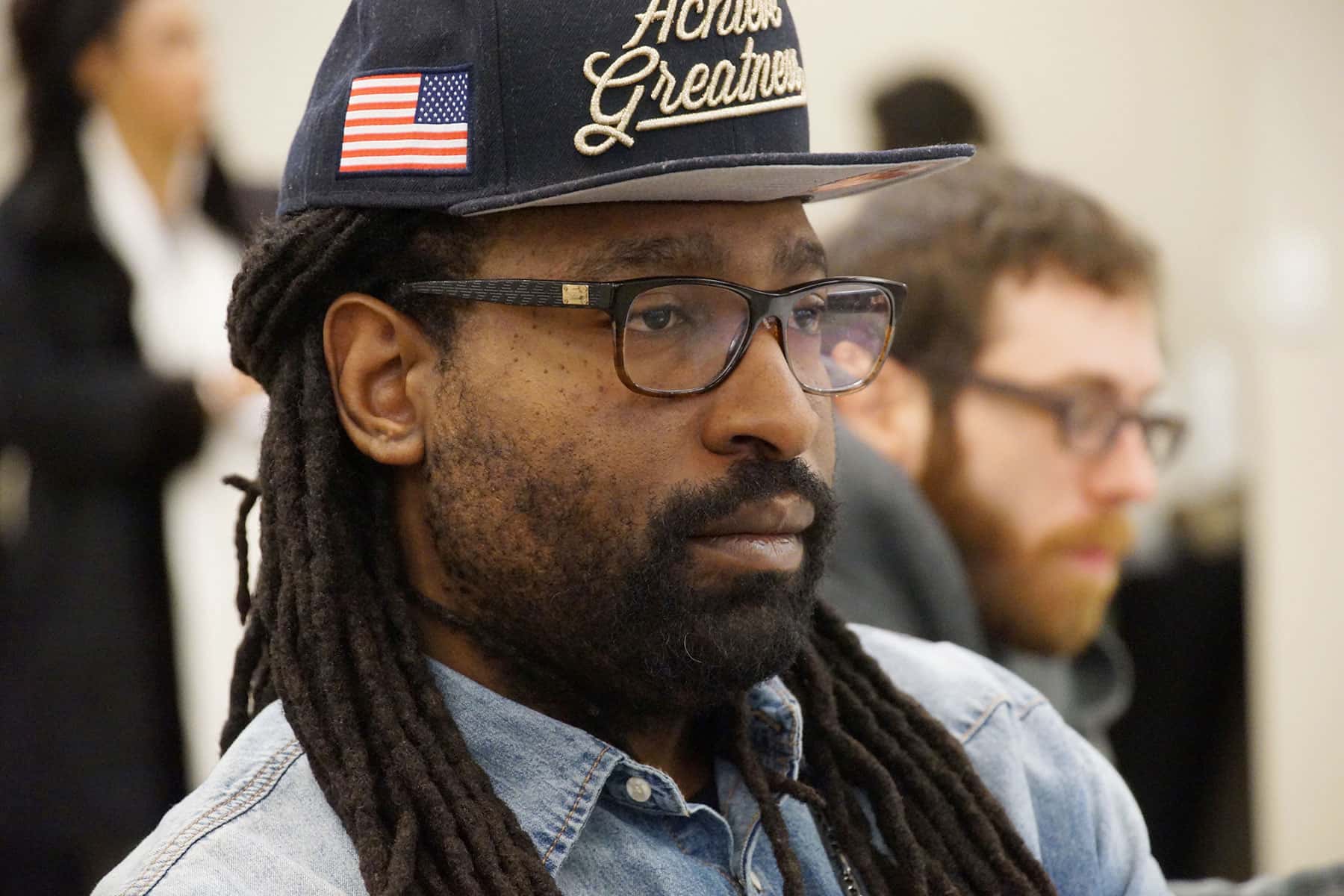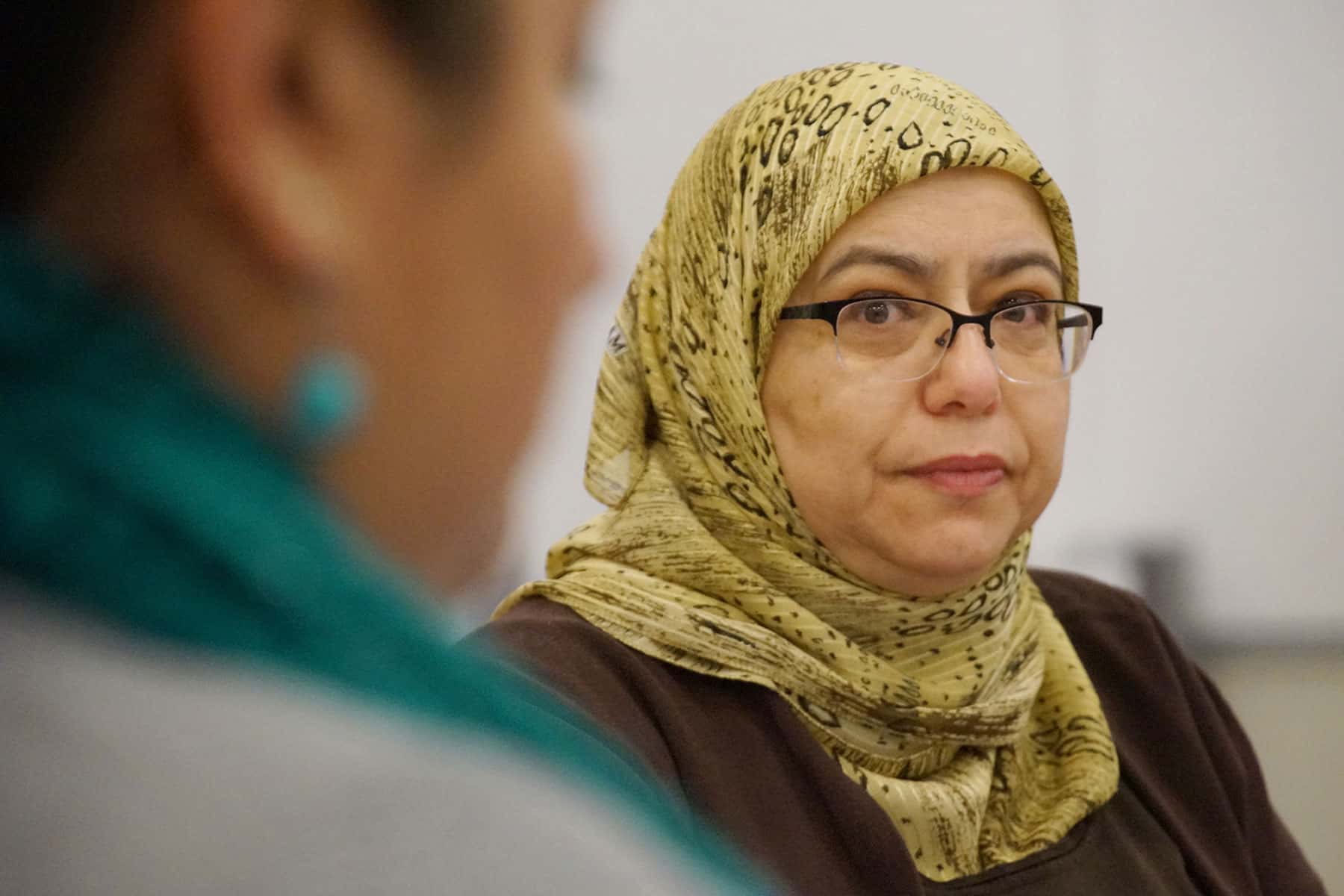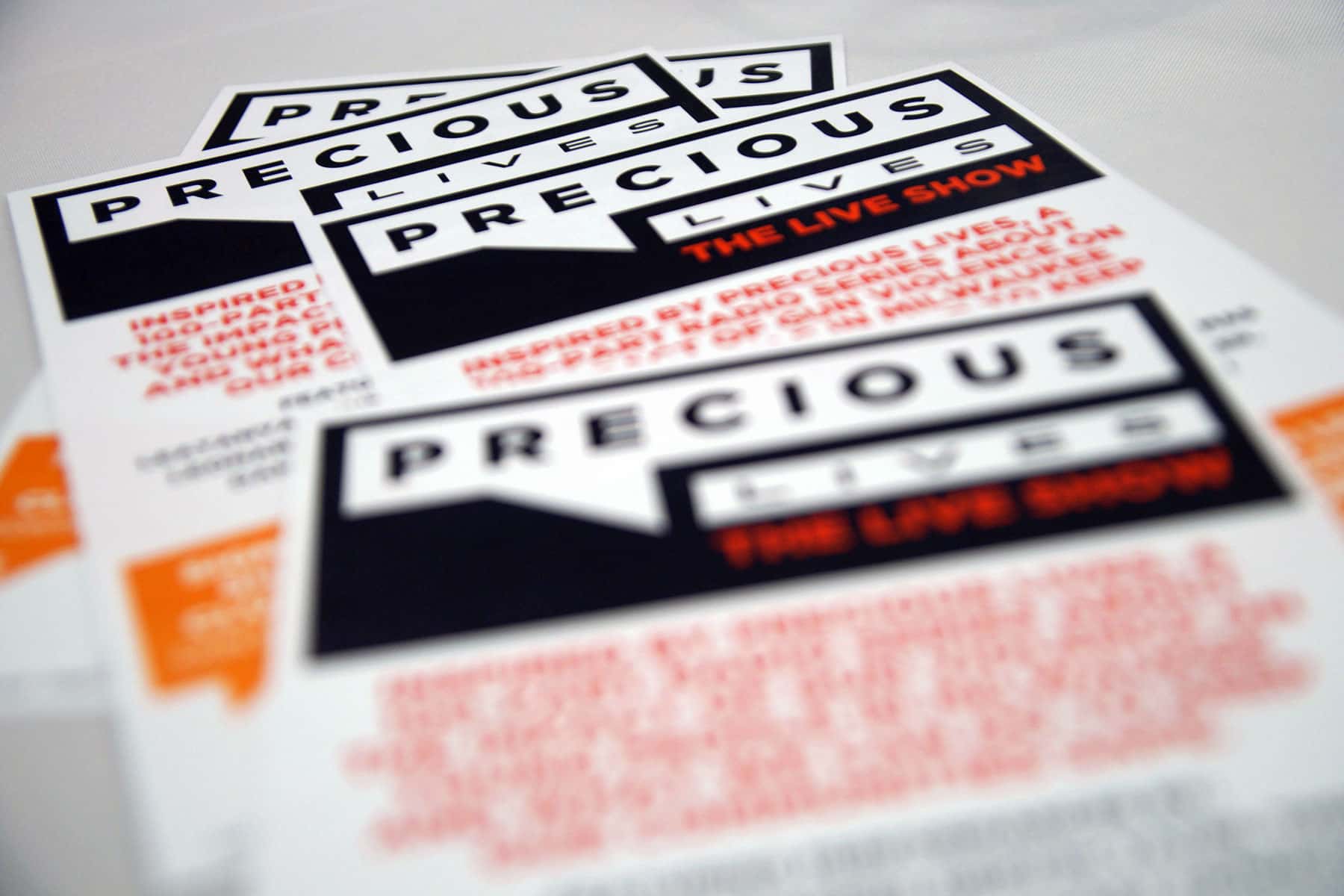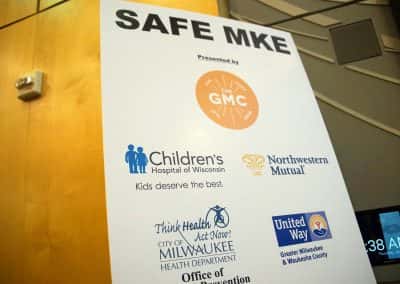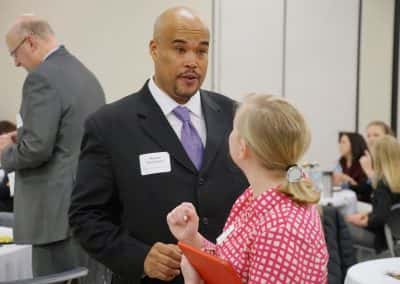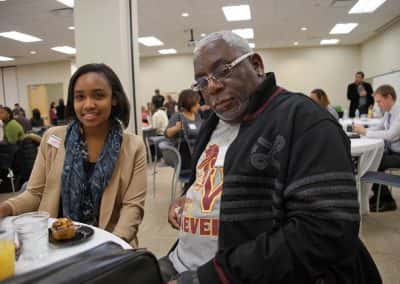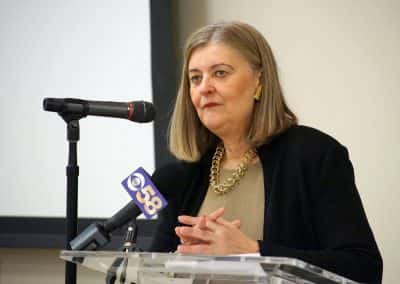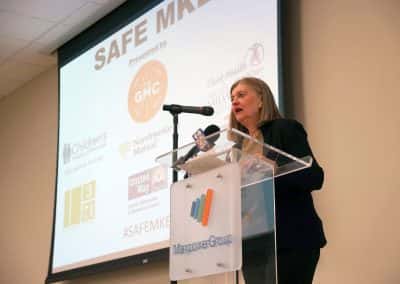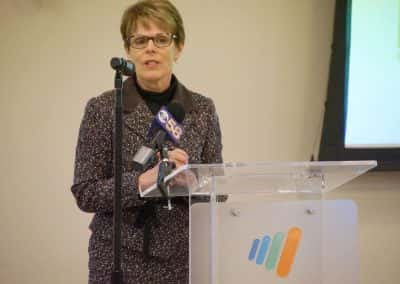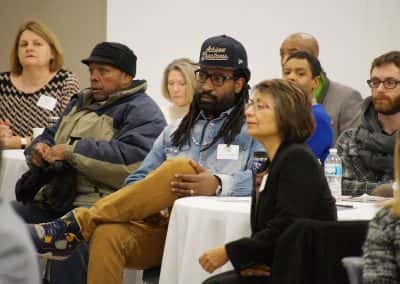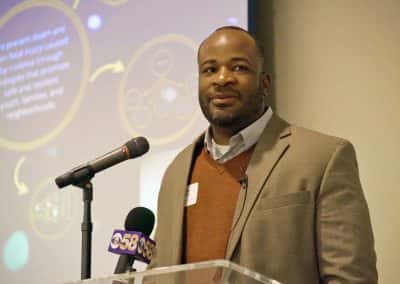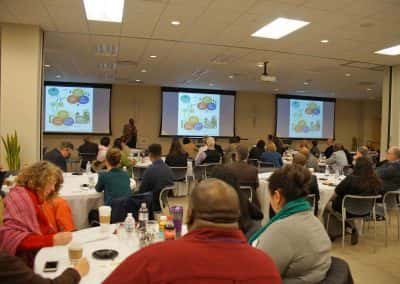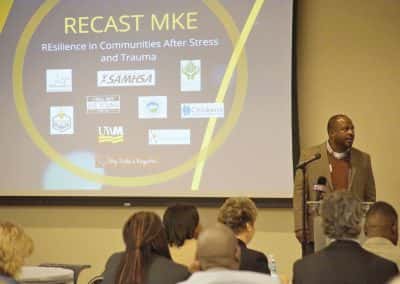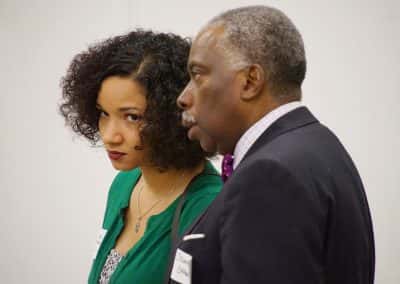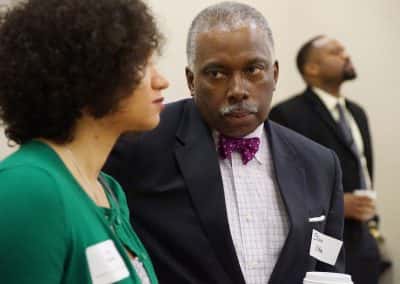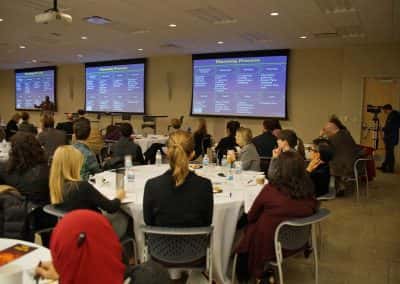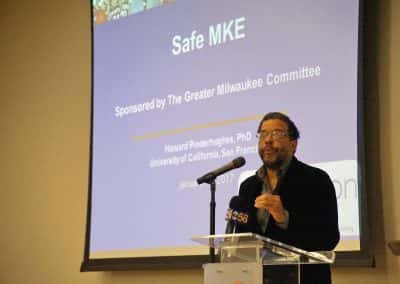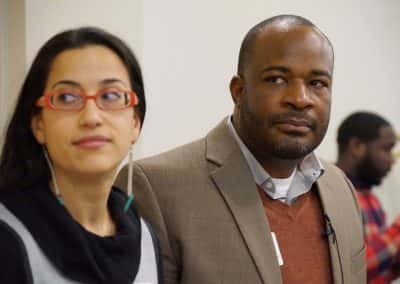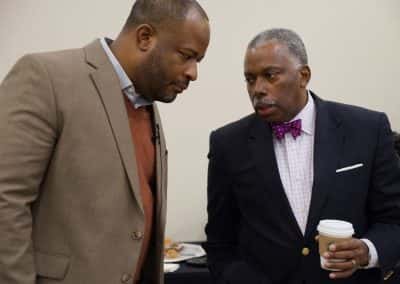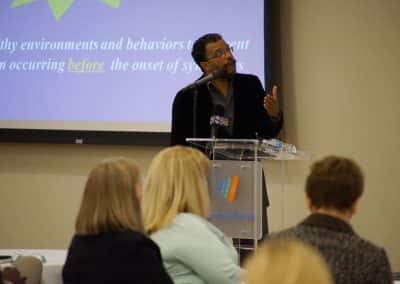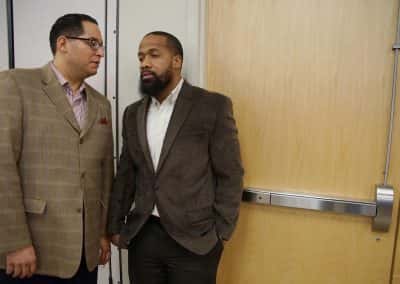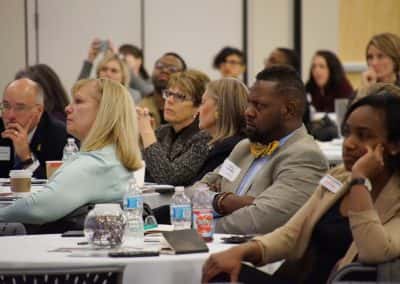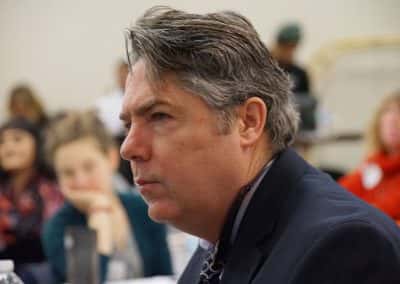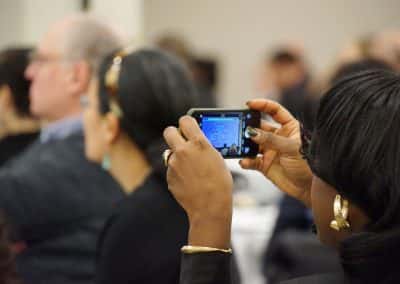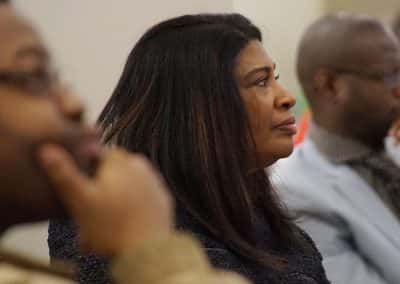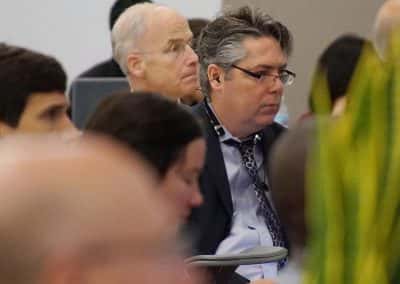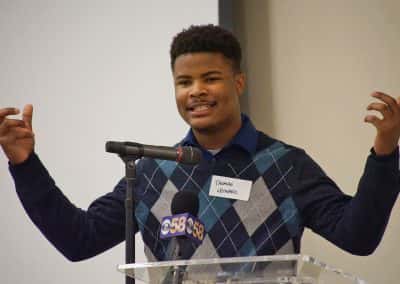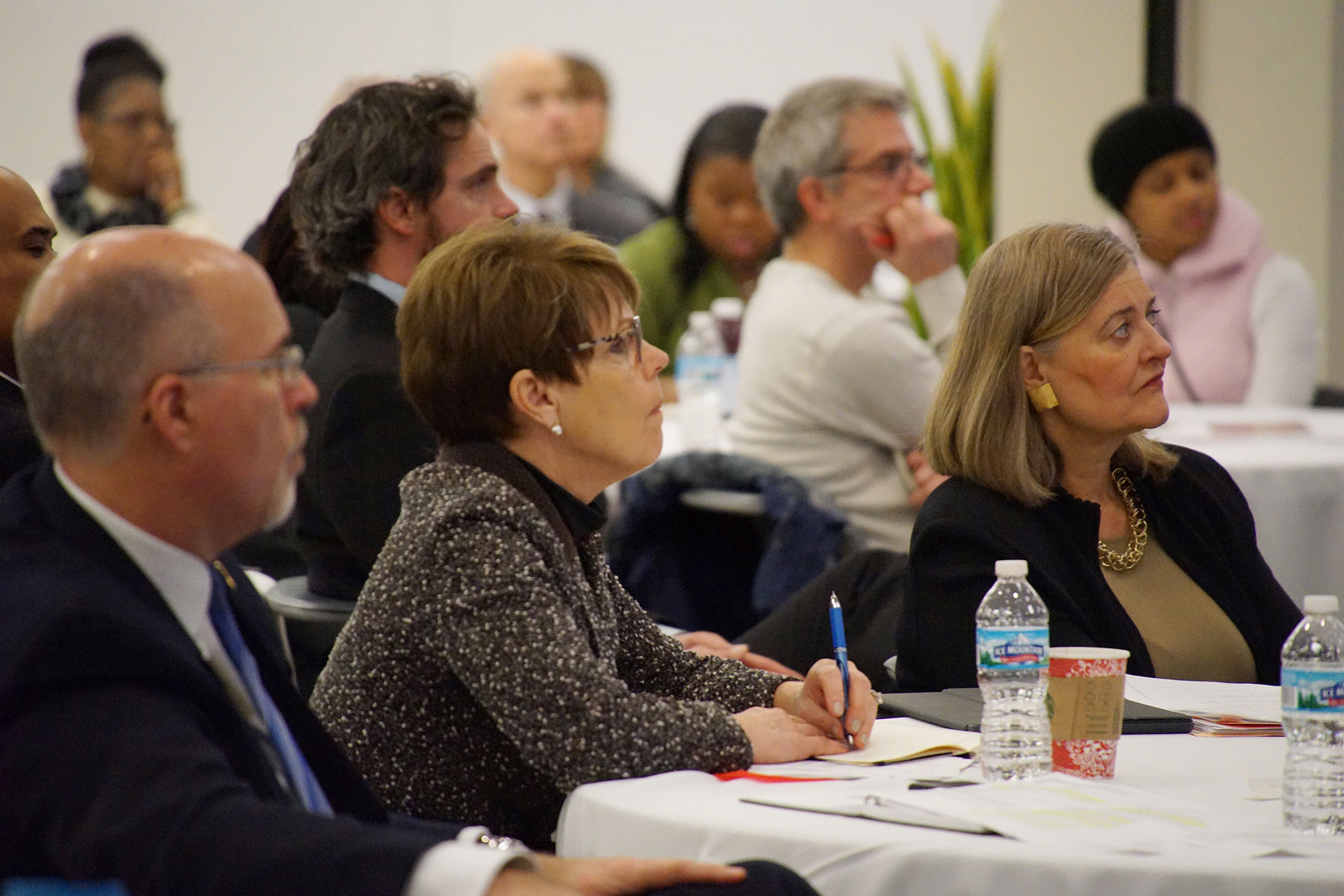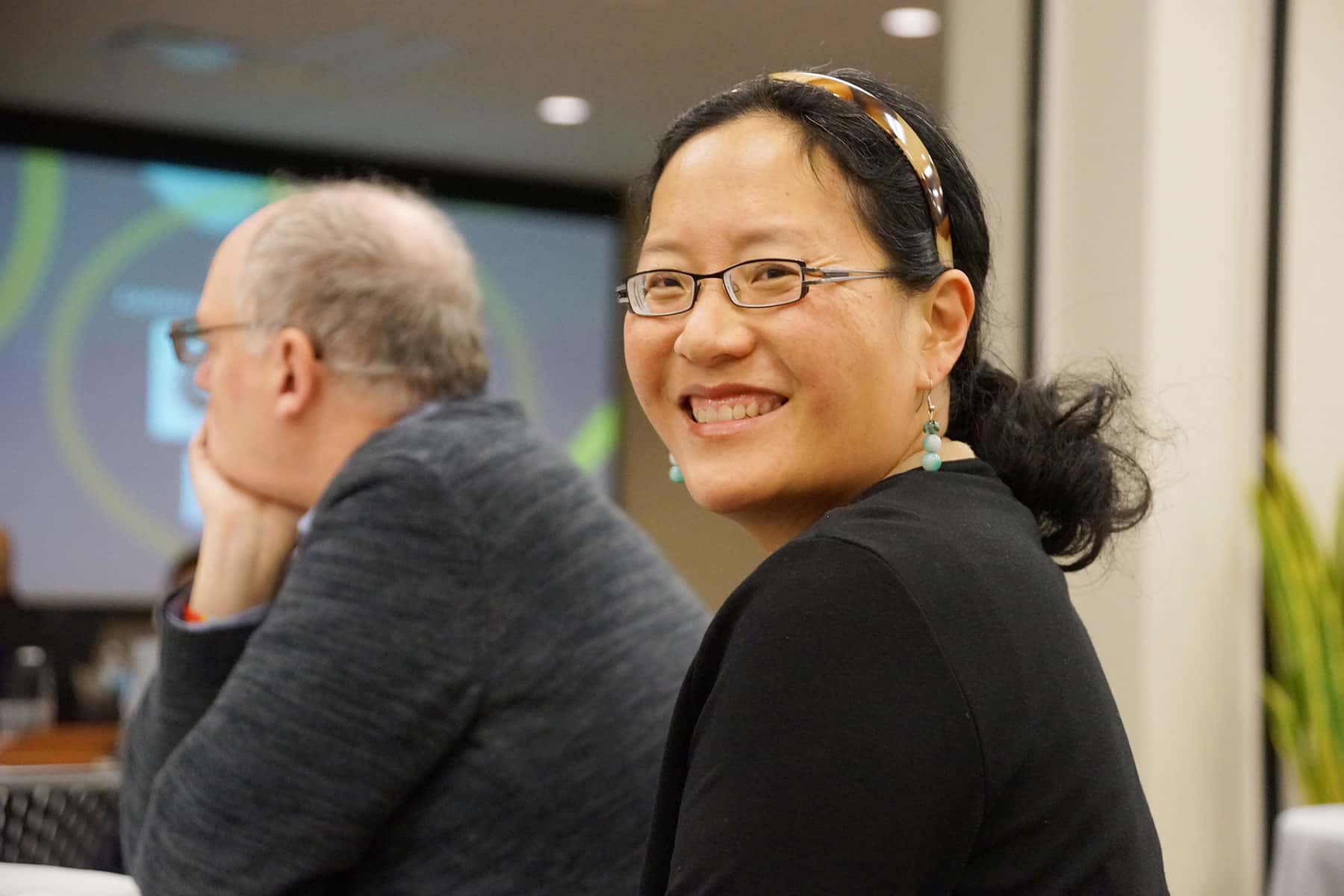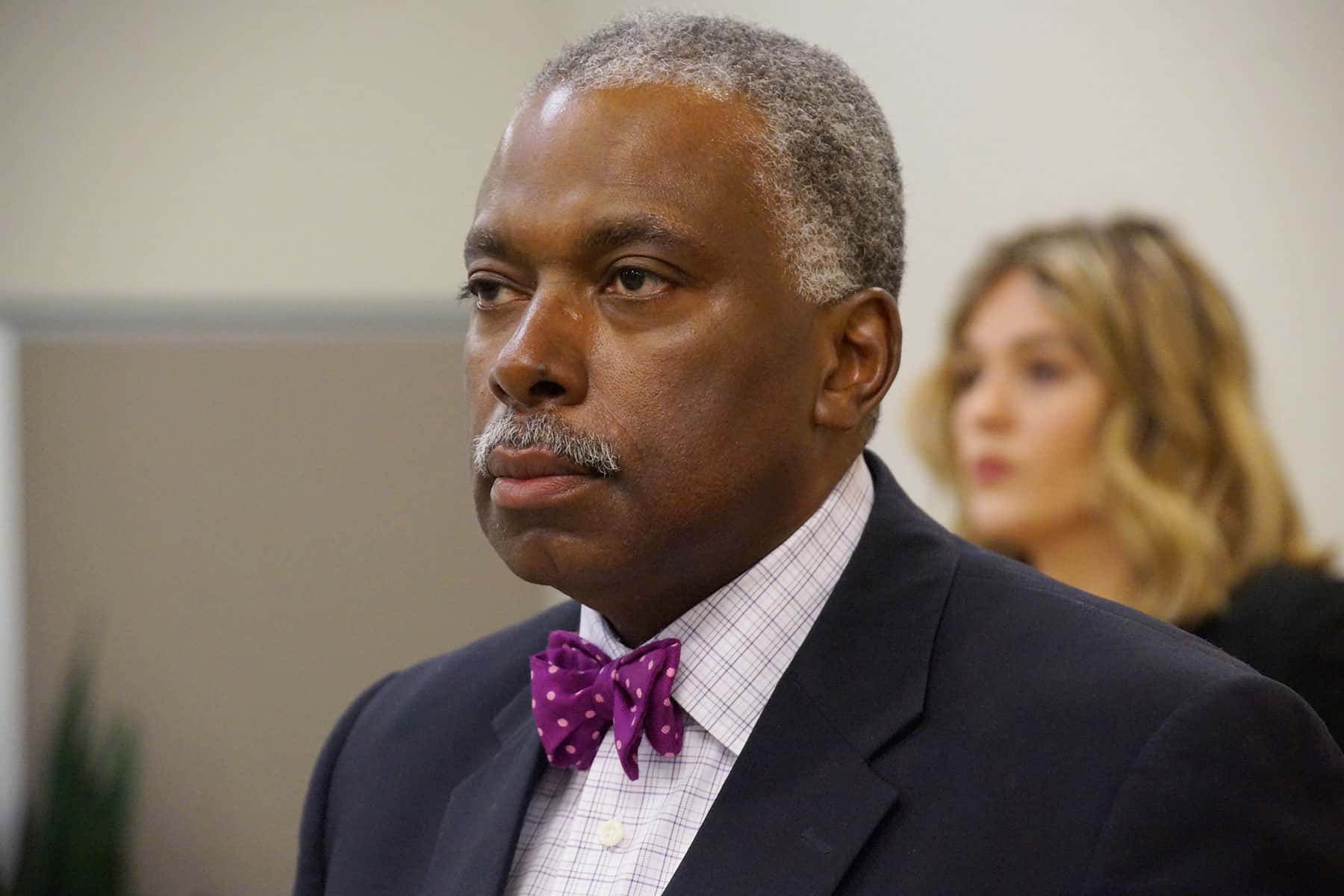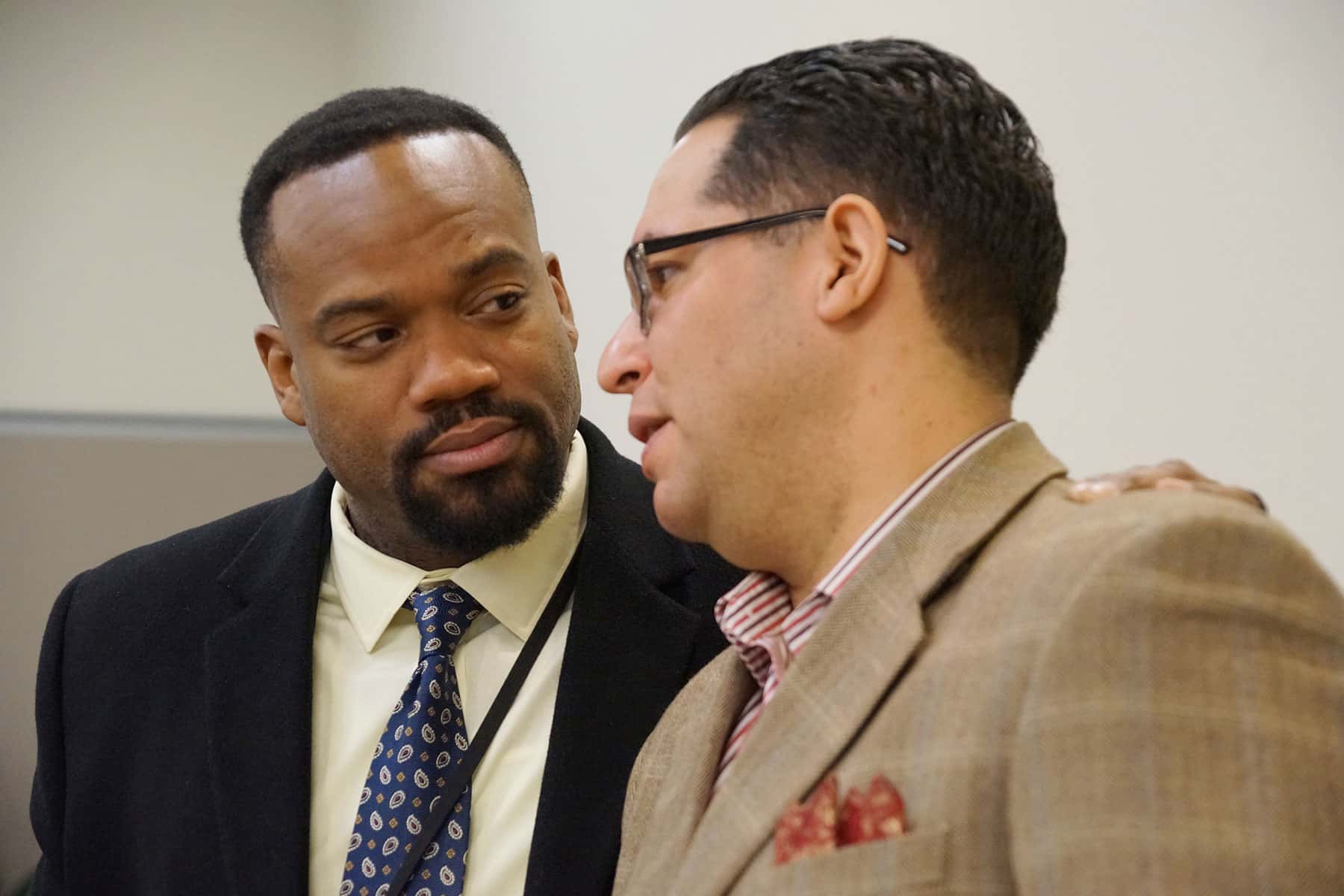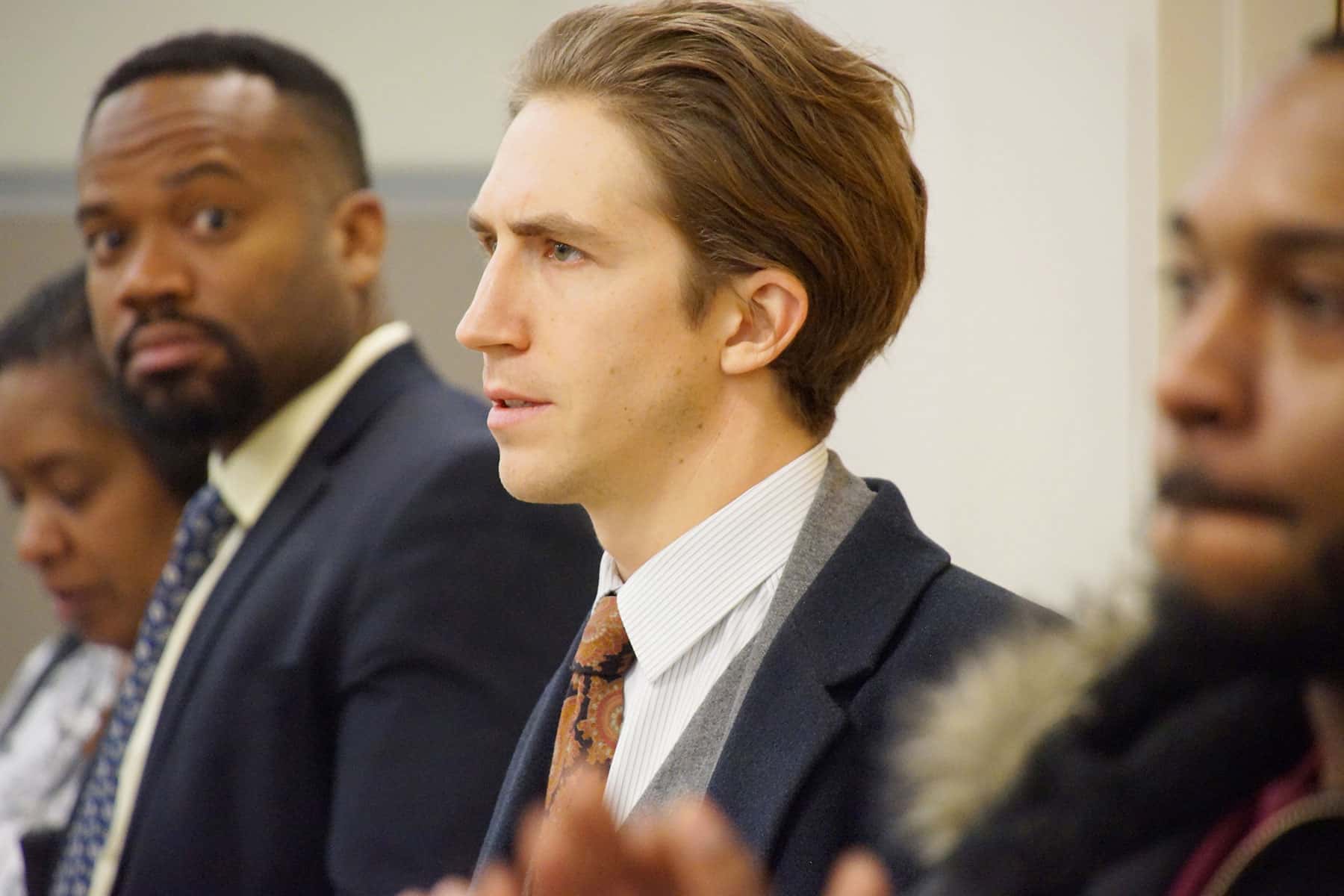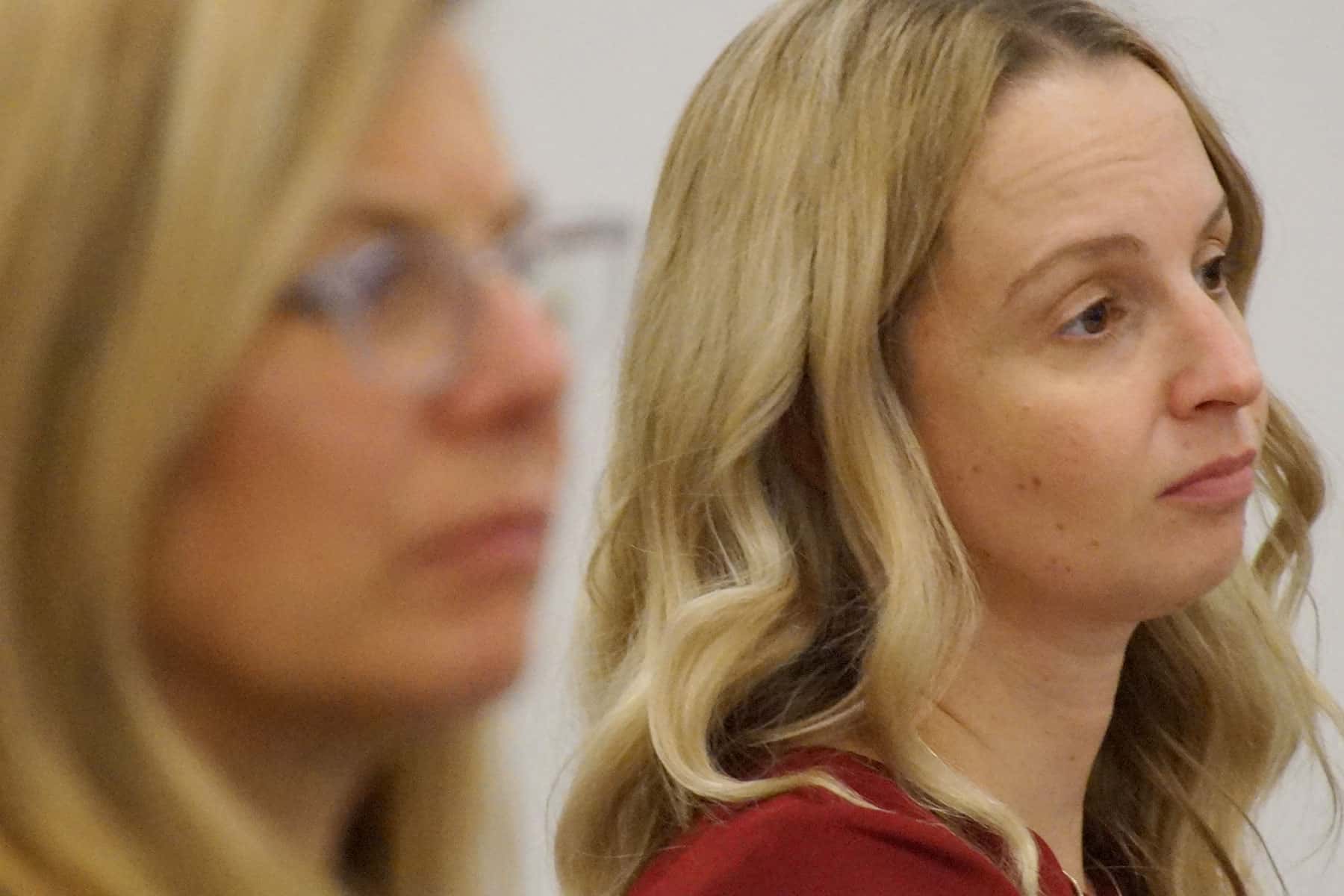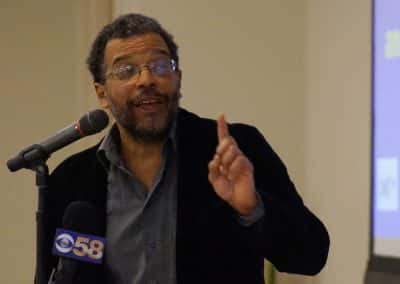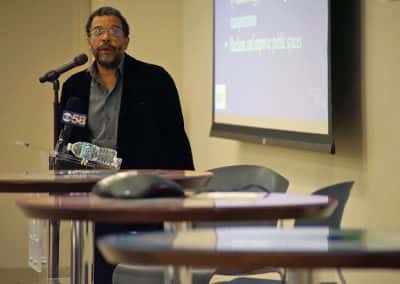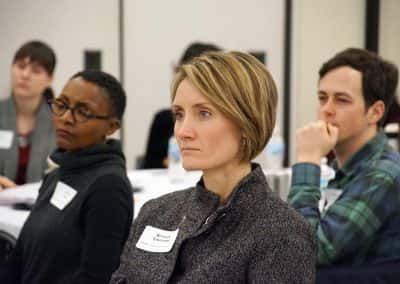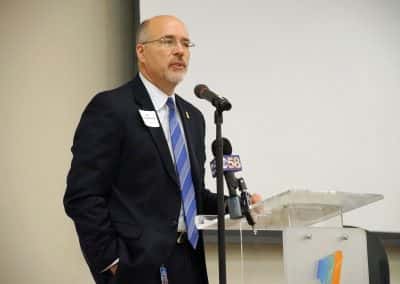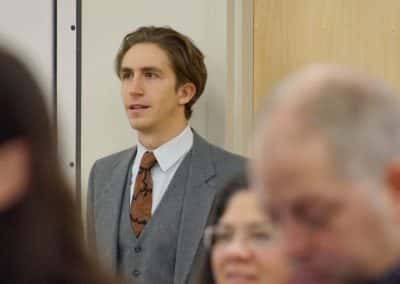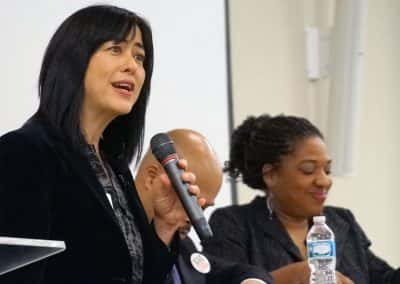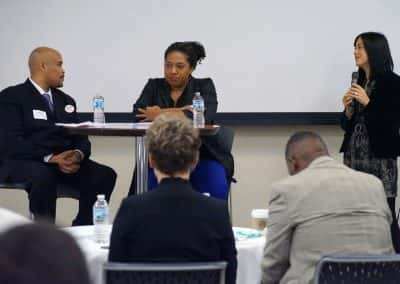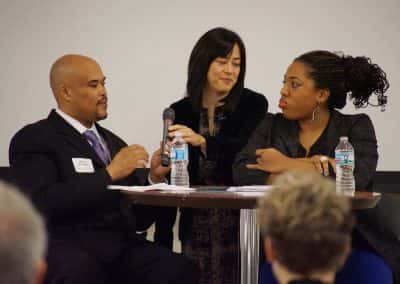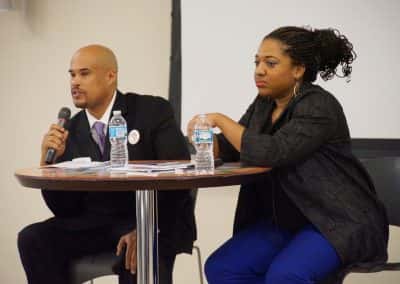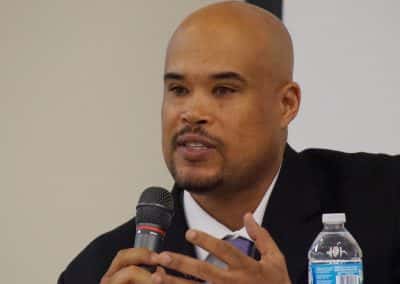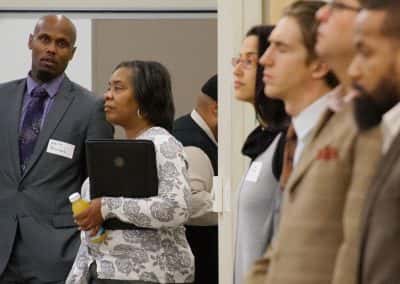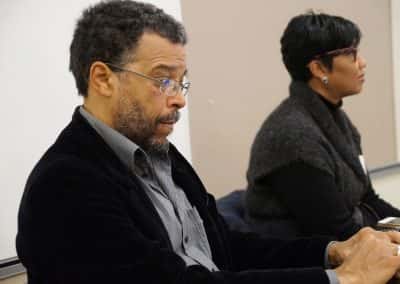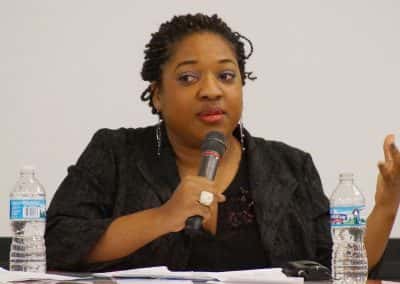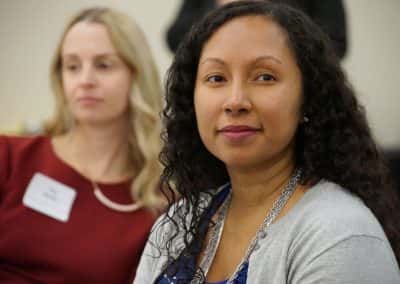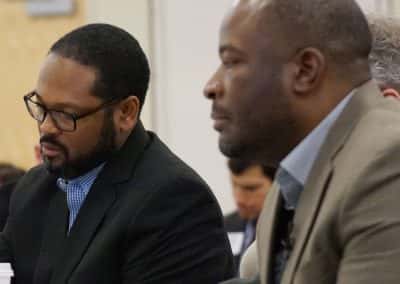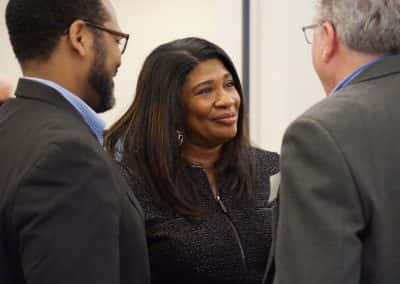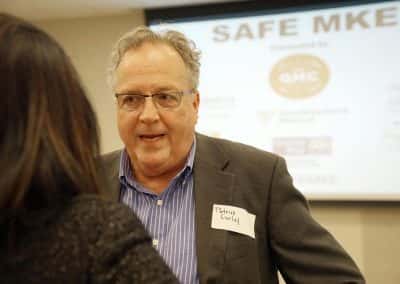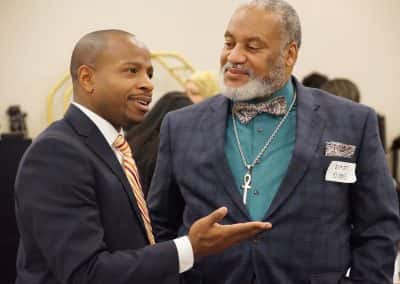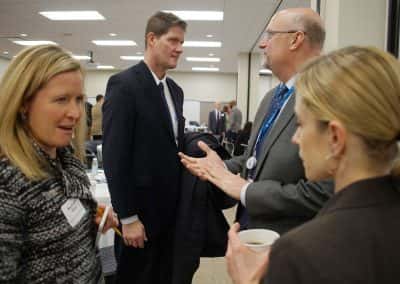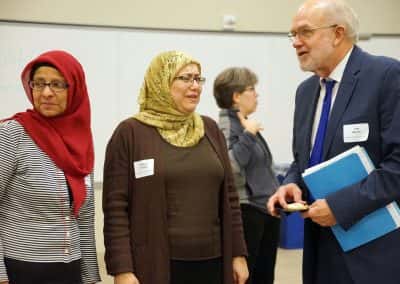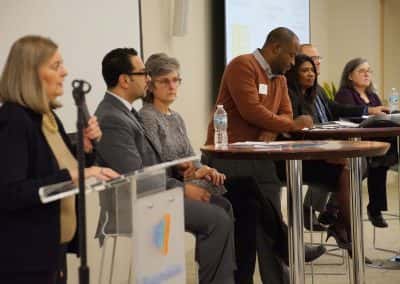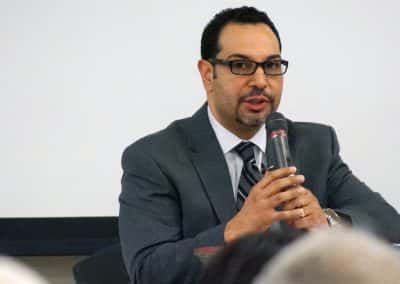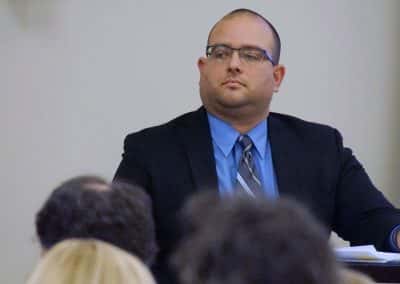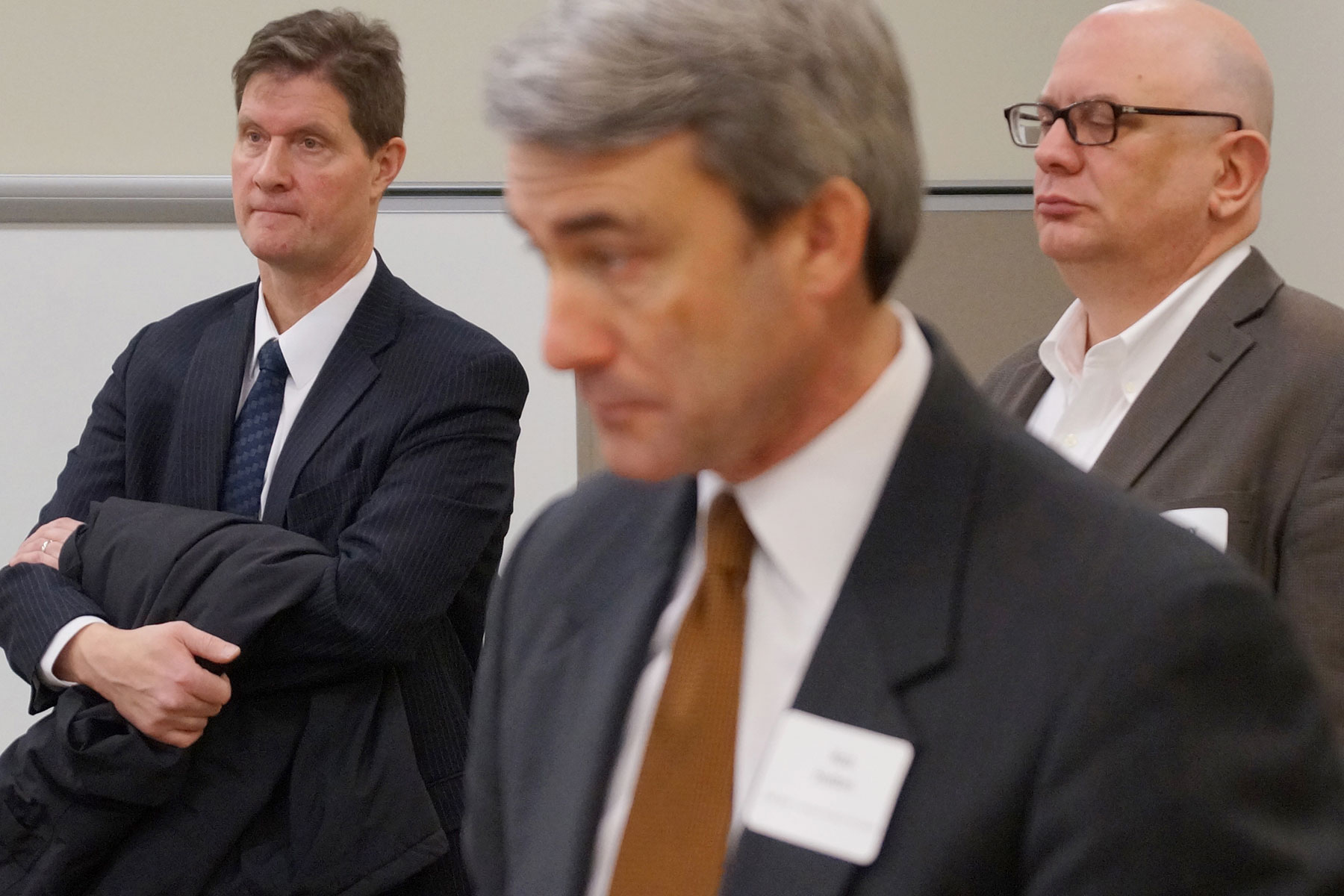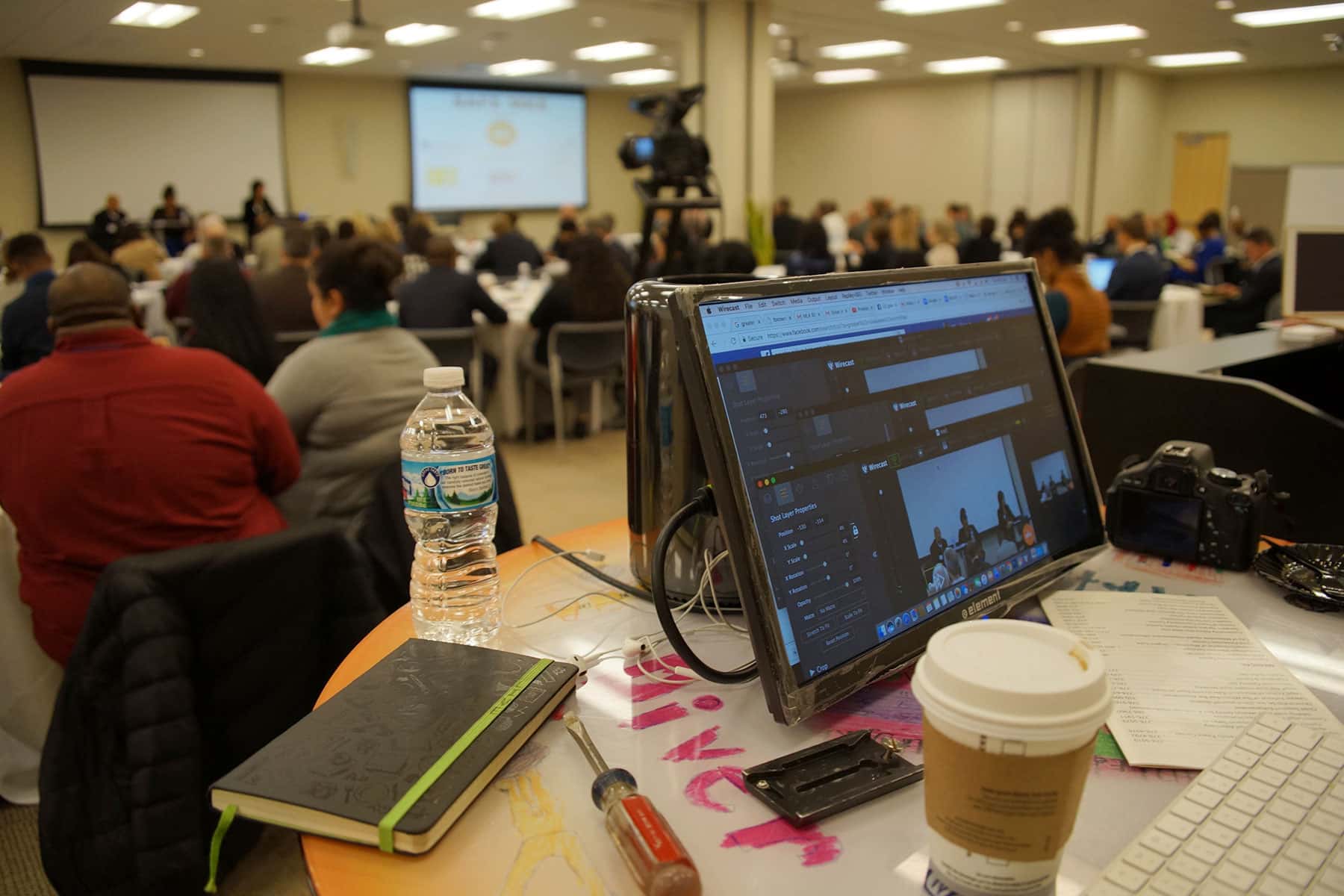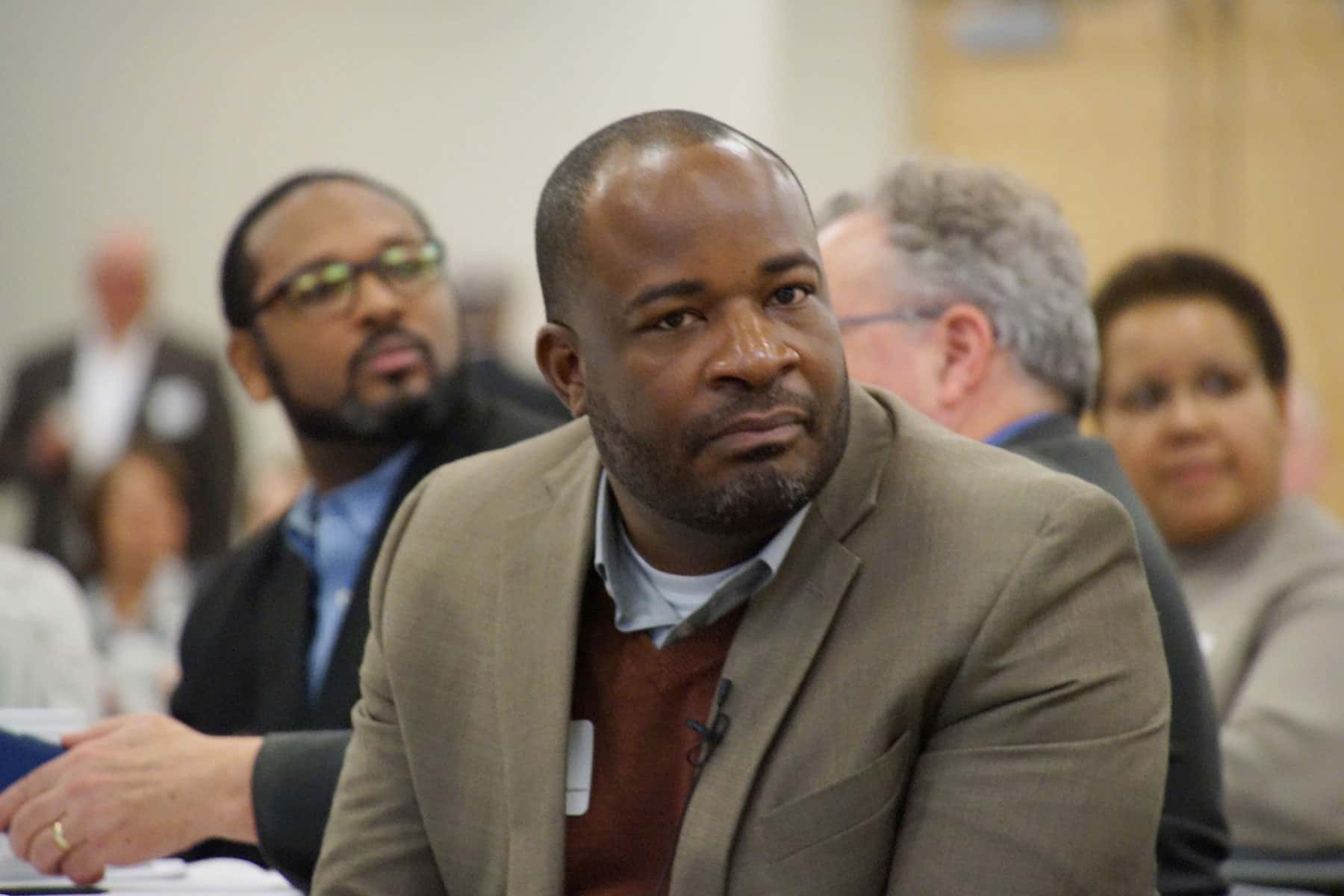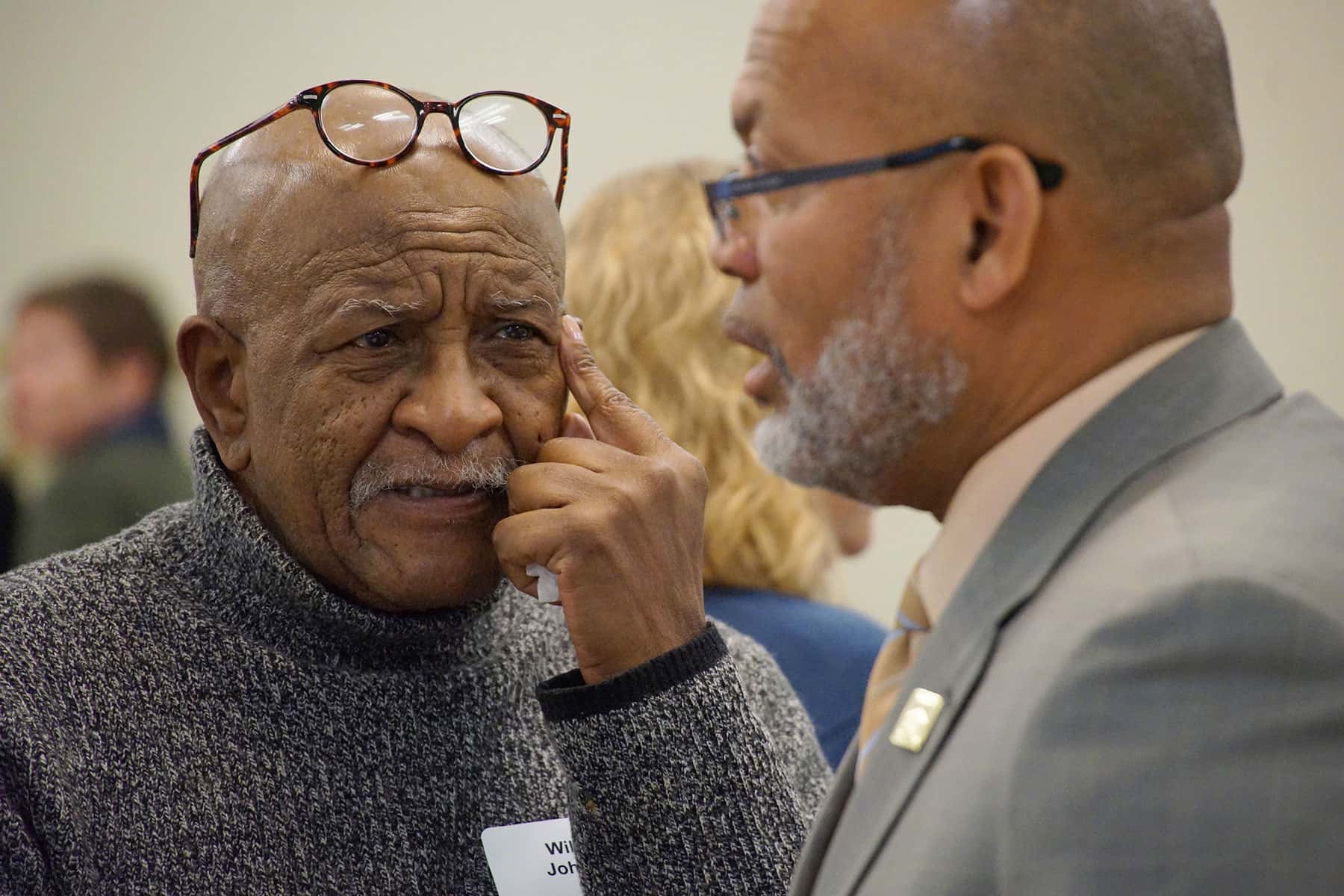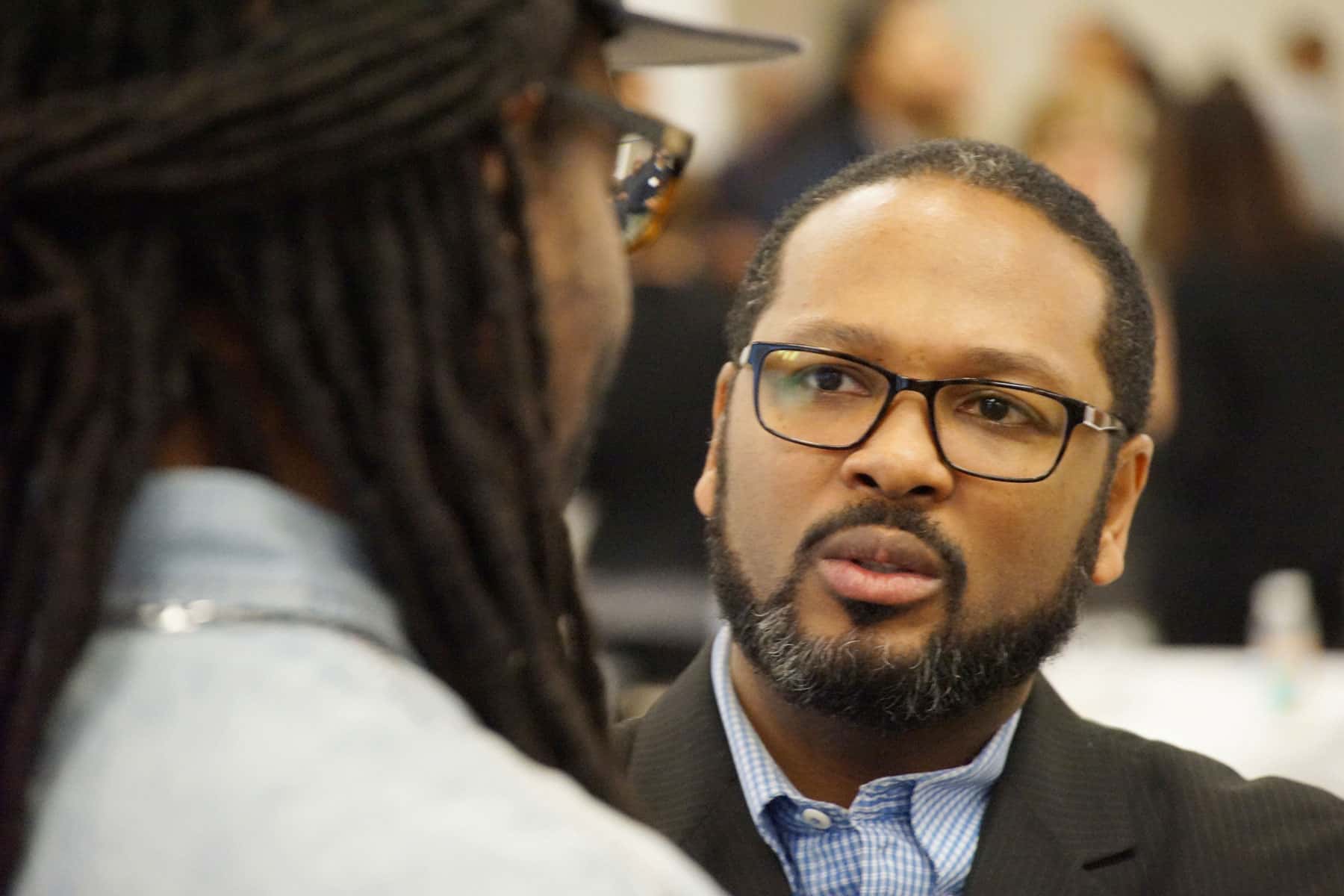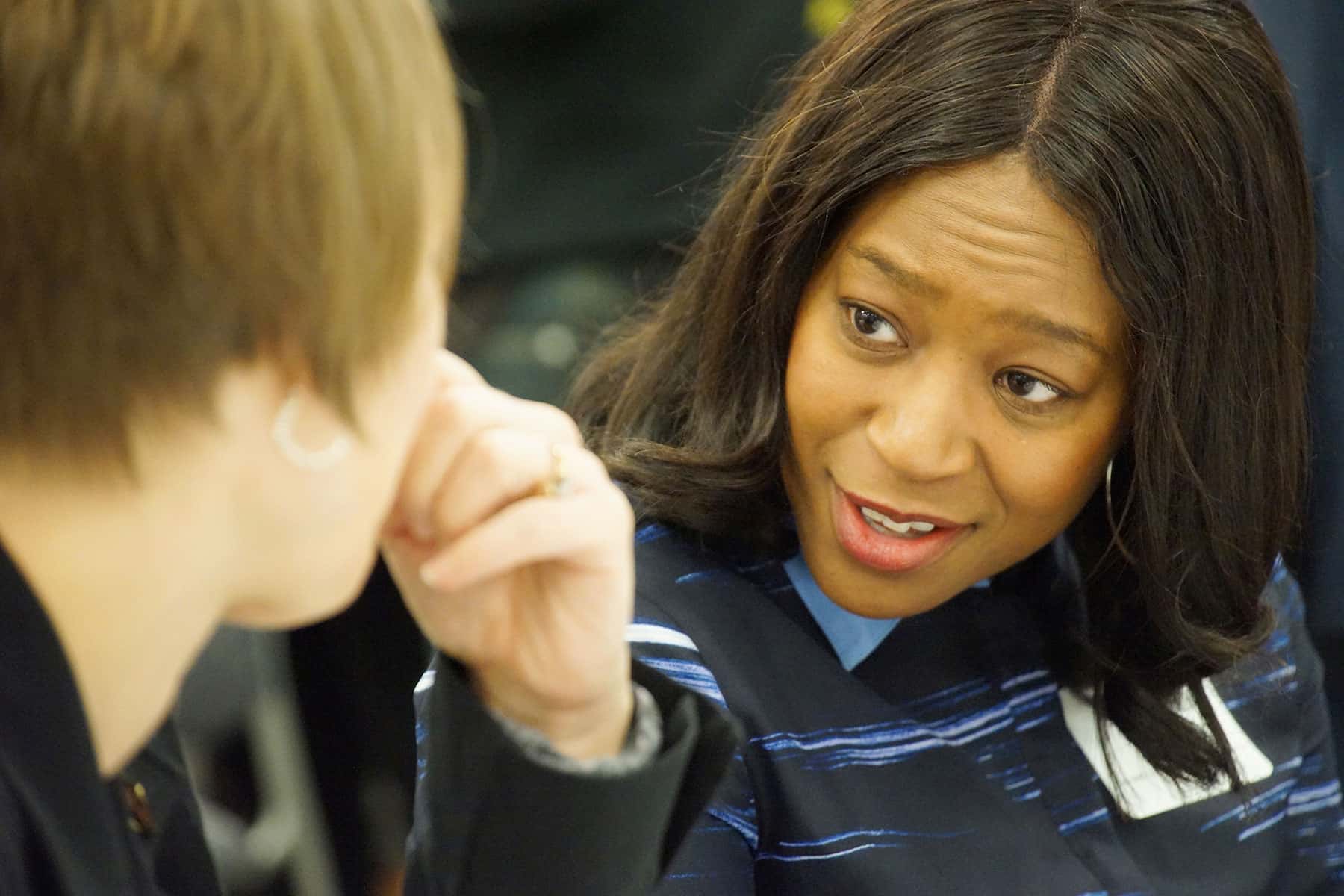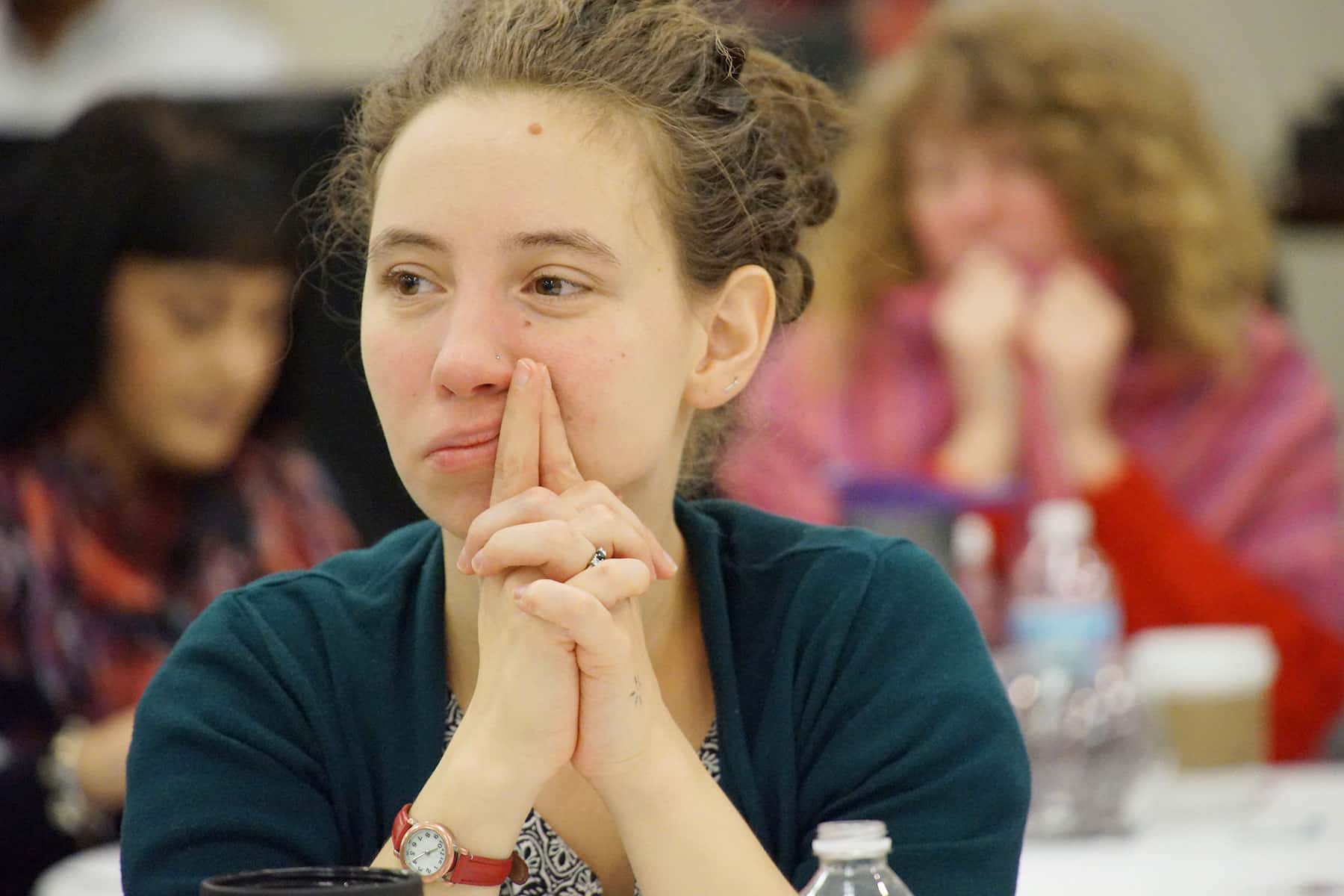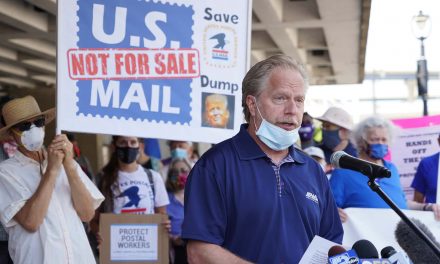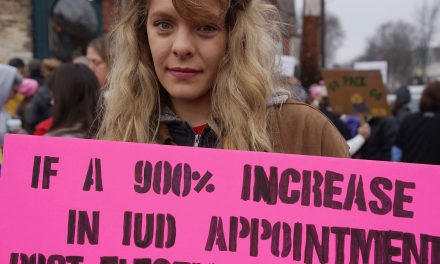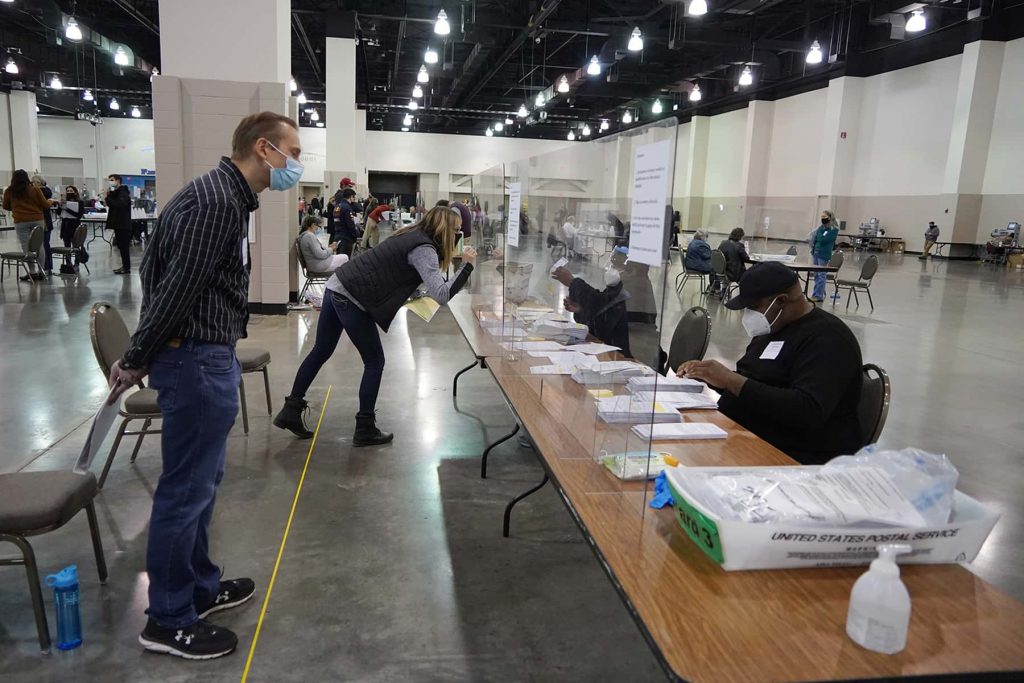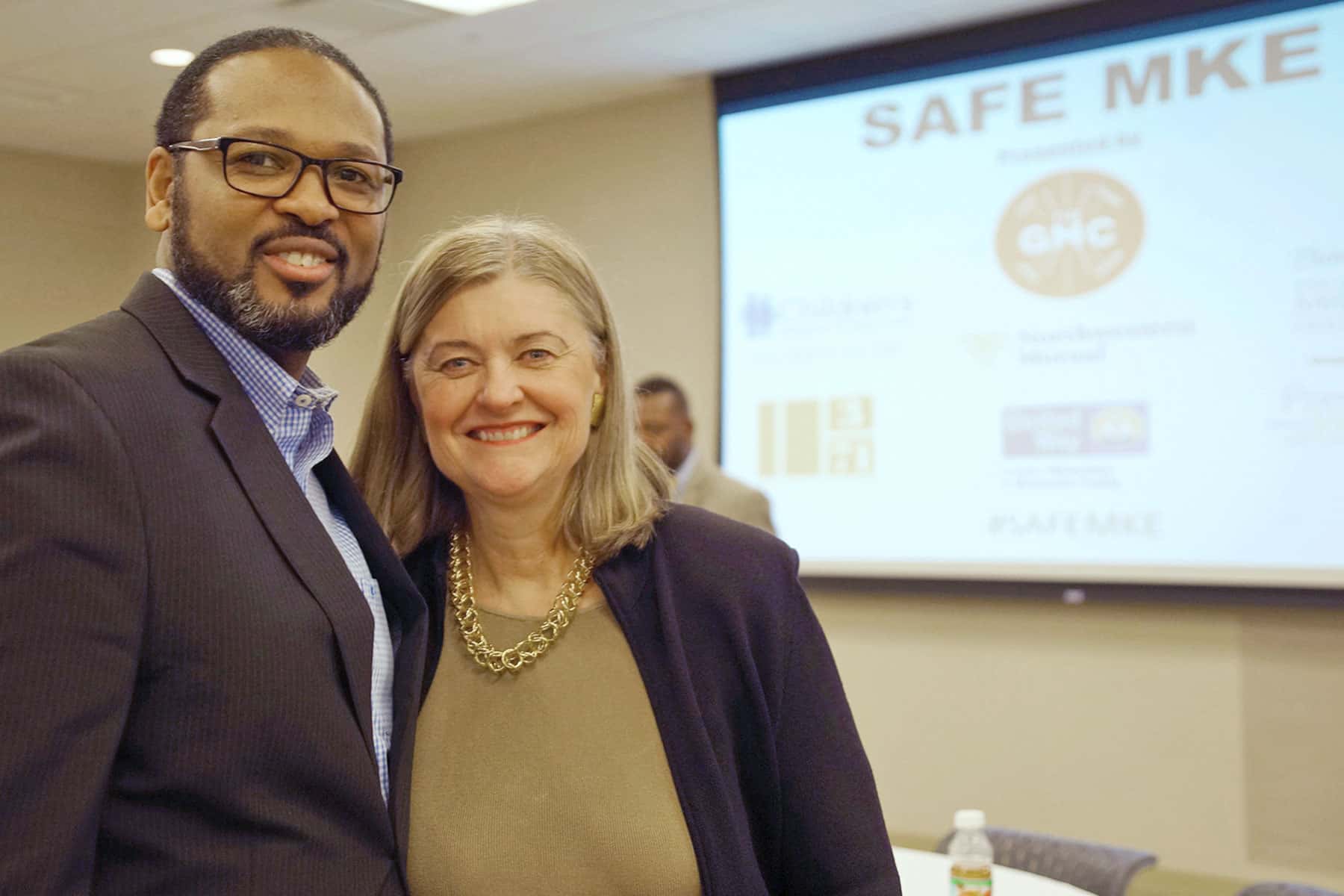
“To think about viоIеncе, we have to think about it in a holistic way. Because it’s not just about gunshots. There are other things that impact lives, that interfere with the ability of children to grow up and learn and be productive citizens. For every child there is a ripple effect. In the family, it could be the sibling that witnessed the viоIеncе, or the neighbors and friends. It is a very traumatic situation, and many times families become very isolated. So they need help and support to overcome the abuse and viоIеncе that they’re living in. But often people don’t know where to go for community services.” – Peggy Troy, CEO, Children’s Hospital of Wisconsin
One of the points from the Safe MKE symposium held on January 12 was that viоIеncе is a complex issue, and many factors go into the production of it. So any effective strategy to solve the crisis would need to take an equally comprehensive approach. Current viоIеncе prevention efforts were discussed by two panels that explored national best practices, and how to engage and align all efforts across local organizations.
Members of the national panel were: Freddy Barton, Safe & Sound Hillsborough (Tampa, Florida), Marcus McAllister, CureViоIеncе.org (Chicago, IL), Amoretta Morris, Annie E. Casey Foundation (Baltimore, MD). Local panel members from Milwaukee included: Carmen Pitre, Sojourner Family Peace Center, Donsia Strong Hill, Executive Director of LISC Milwaukee, Hector Colon, Health & Human Services, and Michael Levas, M.D. Medical Director, Project Ujima, Children’s Hospital of Wisconsin.
“When I think about Sherman Park, and a lot of the conversations about how to quell the unrest, one of things that we are clear about as a department is that it’s not enough to have the absence of viоIеncе,” said Reggie Moore, Director, Office of ViоIеncе Prevention at the City of Milwaukee.”We have to look at how we can increase opportunity. How do we make sure that young people and families have what they need to thrive in this community? So we really need to raise the bar and the standard in our expectations of each other and the work that we’re doing.
Opening remarks were made from the symposium organizers, Julia Taylor, President of Greater Milwaukee Committee, Eric Christopherson, President of Northwestern Mutual Foundation, and Peggy Troy, CEO of Children’s Hospital of Wisconsin. Dr. Howard Pinderhughes, Ph.D., from the Prevention Institute was the keynote speaker.
“We’ve evolved to understand how important trauma is as an impact of viоIеncе, but also as a driver for viоIеncе. Individuals experience aspects of trauma on a daily basis. It’s evident to all the residents in the community who are exposed to the shrines that go up after a dеаth, at the funerals, the young people who have to say goodbye to friends and family at far too early of an age. These events should not be normalized, but they are dealt with as normal on a regular basis,” explained Dr. Pinderhughes. “The concept of PTSD becomes one we utilize to understand how our young people behave and move through the world. But we had to change the P. It does not stand for Post, but for Persistent. We are not talking about folks who have been to a war come home. These are young people, and families, and adults, who live on a daily basis with the possibility and potential for viоIеncе on the street and in the home.”
Community Resilience:
Environmental Strategies: Social-Cultural
Strategies include:
- Rebuild social relationships, particularly intergenerational relations
- Revitalize damaged or broken social networks and infrastructure of social support
- Strengthen and elevate social norms that promote or encourage healthy behaviors, community connection and community oriented positive social norms
- Establish collaborations that promote community-level strategies while rebuilding community social networks
- Change the narrative about the community and the people in it
- Shift community social norms
- Organize and promote regular positive community activity
- Provide a voice and element of power for community folks around shifting and changing
environmental factors as well as the structural factors - Promote and restore a connection to and sense of cultural identity, which has been shown to have a positive impact on mental health outcomes
Environmental Strategies: Economic
Strategies include:
- Institute restorative justice programs that shift the norms around conflict resolution and healing circles to, among other outcomes, support people to stay on paths to pursue educational and economic opportunities
- Foster economic and workforce development strategies that improve the employment skills, capacity and readiness of community members and link them to job opportunities with a living wage
- Promote economic empowerment/opportunity and workforce development
- Increase community wealth and resources to reduce dislocation and gentrification
© Photo
Read the article, listen to the audio, and view the photo essay that were produced as companion features for this news report.

